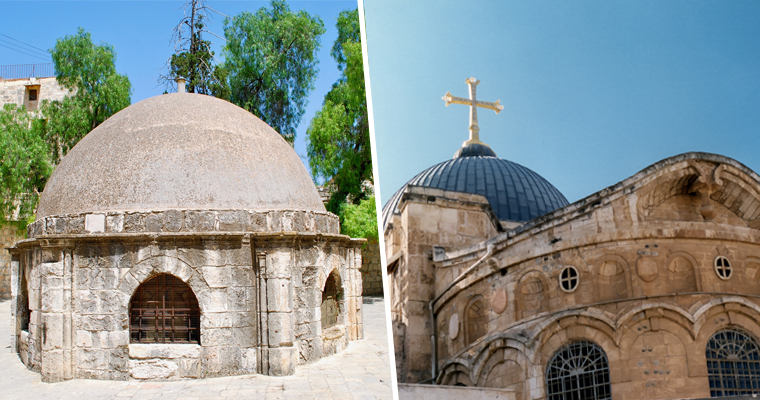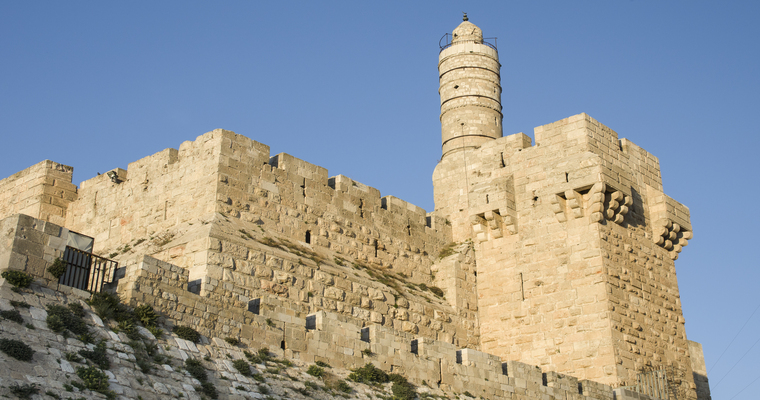Top Sacred Places to Visit when Traveling to Jerusalem
Dan Magazine 14/11/2019
Holy and historical sites, night life and culinary interests, markets, colors, smells and photography – everyone has his or her own Jerusalem. Traveling in Jerusalem is an experience, but when was the last time you did something a bit different? How many of the city’s religious sites have you visited?
Religious tourism is an important component of tourism in many countries; there is hardly a tourist that does not devote time to visit a religious site during a tour abroad. Jews visit religious and biblical sites such as the Western Wall and the Tomb of David, Christians and Armenians visit churches and Muslims visit the sites holy to them. Everyone has a unique Jerusalem, but in many cases a site with multiple archeological layers can be important to more than one religion. This is Jerusalem; a city united, where tourists come to visit not only because of the landscape and mountain air, but mainly thanks to its holy sites, which absorb prayers and tears from all over the world.
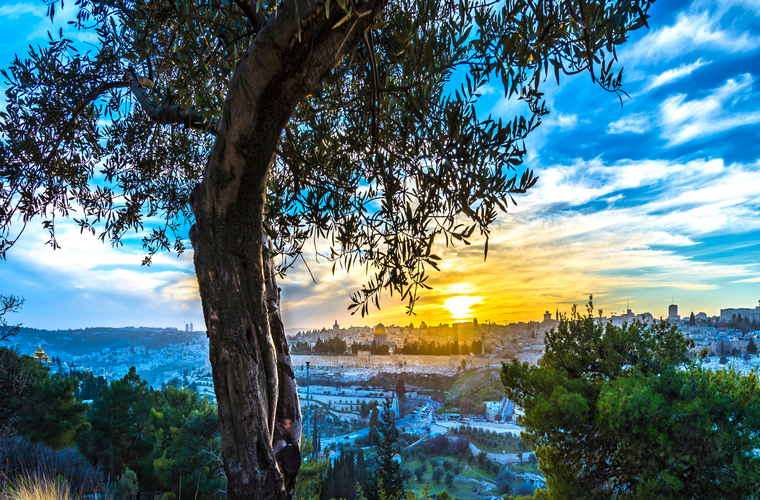
Traveling in Jerusalem is an experience of Holy and historical sites, night life, culinary interests, markets, colors, smells & photography.
So where should you begin your tour?
The Old City
An area divided into four quarters by religion or denomination, where visitors can walk down streets lined with fascinating structures, holy sites, markets, restaurants, galleries and exciting stories from the past. The narrow streets lead to David’s Tomb, the Western Wall, churches, mosques, synagogues and shops where time stands still. Visitors to the Jewish Quarter should walk to Jaffa Gate through the Arab market and take the time to visit the Western Wall, reached by walking through the neighborhoods, which illustrate how the residents live and their unique way of life there.
Christ Church
The first Protestant church in the Middle East and the first Jerusalem church in modern times to use bells to call worshippers to prayer, after a centuries-long Muslim ban. Today, it serves as a guest house and heritage center. The church’s simple design is unique. Visitors are often surprised to see Jewish symbols and verses in Hebrew adorning its walls. This is because the church tried to convert Jews, so it placed Hebrew verses inside to make Jews feel more comfortable. The church serves different communities that come to assemble and pray, especially on holidays.
Tombs of the Sanhedrin
The hewn stone from the time of the Second Temple is a symbol of judicial jurisdiction in Jerusalem and other cities in Israel, surviving for hundreds of years, thanks to 71 members that served as a High Court. They were buried, as was customary during the Second Temple period, outside the walls of the city, in a small park in what now is Jerusalem’s Orthodox Sanhedria neighborhood. The stone tombs are impressive, lined with decorations that have been preserved for 2000 years. Worshippers come to pray and write notes of supplication, which they place between the cracks.
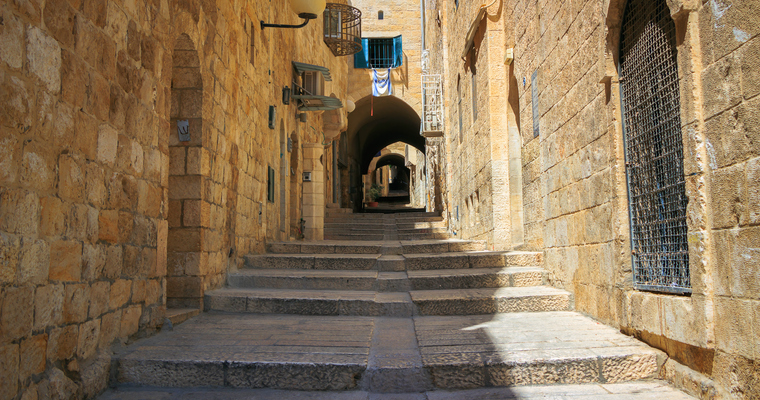
Stone streets at the Old City, where visitors can walk down streets lined with fascinating structures, holy sites, markets, restaurants, galleries & more.
Armenian Quarter
The smallest among Jerusalem’s four quarters, a colony of the old Armenian Patriarchate in the city, with many interesting buildings (an ancient library, museum, Armenian school and a theological seminary for clergy), residents that rent space, and Church officials, especially priests, who live in the compound. Since it is not possible to enter the quarter without an invitation or prior coordination, take time to visit areas open to the public, such as the courtyard of St. James’ Cathedral or the church itself during evening hours – St. Jacob’s Cathedral too, an ancient monastery that was built during the Crusades. The monastery has thick stone walls and a beautiful entrance façade on which there are wooden boards and iron sheets held by chains. Called nakos, they were used instead of bells when the Ottoman rulers forbade the ringing of church bells. The church has beautiful blue ceramic tiles, intersecting arches and ancient oil lamps that are lit at nightfall (there is no electricity in the church). The cathedral commemorates the name of two Christian saints martyred for their faith. One was the brother of Jesus and first bishop of Jerusalem; the other was the Apostle James the Greater (the brother of the Apostle John). James the Greater’s head was allegedly severed and buried in the church, while his body was interred in Spain. Entrance is during prayer hours only.
Hurva Synagogue
After years of planning, renovations and construction starting in 1967 – and following its destruction by the Jordanians in 1948 – the Hurva was returned to its former beauty and splendor, which enhance the aura and sense of holiness, taking you back in time and offering a glimpse of the city from the synagogue balcony. You can also see the world’s highest holy ark (a structure that houses the Torah scrolls).
Church of the Holy Sepulchre
A church from the fourth century, which was built by Emperor Constantine, the son of Saint Helena, and which has undergone many changes to bring it to its present state, including a bell tower and a front entrance designed during the Crusader period. This holy site is a focal point of pilgrimage for millions of Christians, due to the belief that the church is the site of the final five stations of the Via Dolorosa – the 14 Stations of the Cross marking the route Jesus took on His way to Calvary.
The Herodian Quarter
At the beginning of Karaite Street you will notice the priests’ quarter, remains of a well-preserved residential neighborhood that was unearthed in excavations after the Six-Day War. The site offers glimpses of life in ancient times, especially during the Second Temple period, and includes streets and houses that were found burnt – evidence of the huge fire in the city at that time. The neighborhood, established during the reign of King Herod, included priests’ houses, artwork and spectacular mosaics, antique tools and a wall painting of the special lamp used in the Temple – items that can be viewed up close in the indoor site. For tickets and inquiries:
072-3932825
Mosque of Omar
On Helena Street, near the Church of the Holy Sepulchre in the Christian Quarter in the Old City, a mosque was built, supposedly on the very spot where Caliph Omar ibn al-Khattab chose to pray when he visited Jerusalem. According to tradition, during his visit to the city, Omar sought a place to pray, but preferred not to do so in a church. The mosque, including the tall turret from the Dome of the Holy Sepulcher, was built in the 13th century.
Khan a-Sultan and Madrasat a-Tashtimur
Two buildings holy to Islam, from the time of Mamluk rule. The khan was built on Chain Street in 1386 by Sultan Burquq, for pilgrims visiting the city. If you continue walking up to nearby Misgav Ladach Street, you will discover the true beauty of Mamluk architecture, including an entrance with niches over gates filled with “dangling stalactites,” stone seats at the sides of the door and grills and gratings in gray and white. This is the burial place of Emir Tashtimur, who married Burquq’s daughter, was sent to prison and lived the rest of his life in Jerusalem. A short walk in the direction of the Western Wall, you will find the Khalidi Library, which contains thousands of rare manuscripts from the Mamluk and Ottoman periods. You can also see the Tazya structure where Emir Taz is buried.
The Tomb of David
A site sacred to Jews, who believe that King David was buried there. The tomb, including the underground hall, which had been used for centuries as a place of prayer for Muslims, is used mainly by Jews nowadays. On the floor above the grave is a site holy to Christianity, based on the belief that the Last Supper took place there. Also, the roof of the building has a minaret from the 16th century – another sign of years of political upheaval in Jerusalem.
Al-Aqsa Mosque
The silver-domed Al-Aqsa Mosque was built by Caliph al-Walid and is considered a spacious and unique place due to the eclectic nature of its construction, which even includes decorations from the Crusader period – evidence of earthquakes in the area. The Al-Kas fountain is located north of Al-Aqsa and was built by Mamluk Emir Tankiz. Its decorations are appropriate to that period.
Dome of the Rock
An Islamic shrine located above the foundation stone – the place where the binding of Isaac is said to have taken place and from where, according to Jewish tradition, the world was founded. The stone is a subject of dispute among Jews, who disagree as to its location in the Holy Temple. The building is an octagonal structure decorated with a wealth of magnificent mosaics, featuring royal symbols of different religions and ornaments, but not statues or masks. Also, in the closed area located at the point where, according to Muslim tradition, Muhammad ascended to heaven, there are a handful of hairs believed by Muslims to be from Muhammad’s beard. Below the rock is a cave that, according to Christian Crusader belief, is the place where the angel informed Zakariya that his wife Elizabeth was pregnant with John the Baptist. For this reason, the Crusaders built an arch and steps there that have remained preserved over the years.
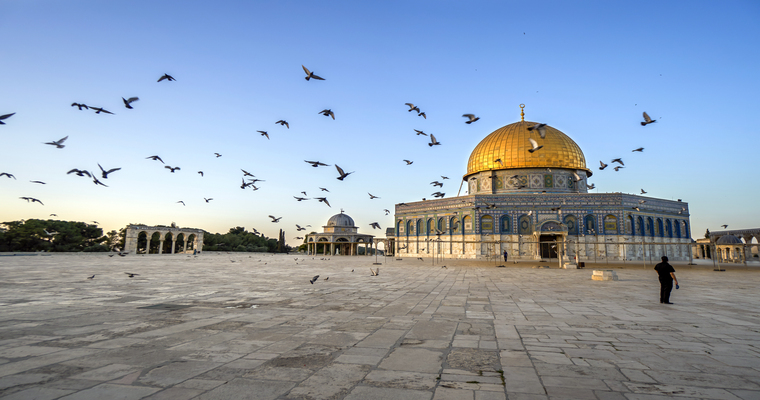
Dome of the Rock – building with an octagonal structure decorated with a wealth of magnificent mosaics, featuring royal symbols of different religions & ornaments.
Jerusalem of Gold
The Dan Hotels Chain offers its guests the opportunity to enjoy the Holy City’s unique scenery and sites in four hotels that provide an upscale hospitality experience: King David Jerusalem, Dan Jerusalem, Dan Panorama Jerusalem, and Dan Boutique Jerusalem.
The King David, Jerusalem
The flagship of the Dan Hotels Chain is one of the most famous luxury hotels in the world and a historic site in its own right. This Jerusalem hotel frequently hosts kings and heads of states, and is considered the bright diamond of the hotel industry in Israel. First opened in 1930, the Jerusalem hotel is located across from the walls of the Old City and close to the city center.
Dan Jerusalem
The Dan Jerusalem offers a hospitality experience that combines a luxury environment and breathtaking views. The hotel sits on the spectacular slopes of Mount Scopus, overlooking Jerusalem’s romantic skyline and the hills towering over the Judea Desert.
Dan Panorama Jerusalem
Dan Panorama Jerusalem is synonymous with the high level of hospitality and service on which the Dan Hotels Chain prides itself. The hotel is an ideal starting point for exploring the various facets of the city, thanks to its strategic location – a short walking distance from the Old City walls, the prestigious Mamilla Avenue, Nahalat Shiva and the city center.
Dan Boutique Jerusalem
The Dan Boutique Jerusalem, the youngest and most creative sibling in the Dan Hotels family, is a hotel that thinks a little differently. With excellent location overlooking Mount Zion and the Old City walls, a dynamic and fashionable atmosphere, and a fresh and surprising approach, this Jerusalem hotel sets a new standard for personal hospitality in Israel.
Special hotel deals in Jerusalem, available now >>

